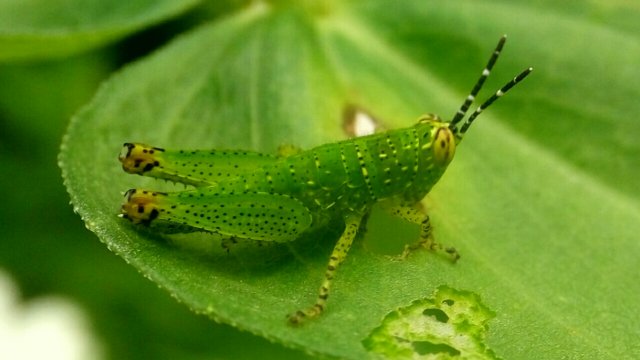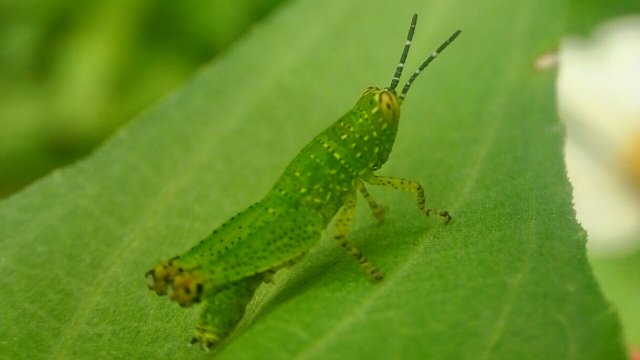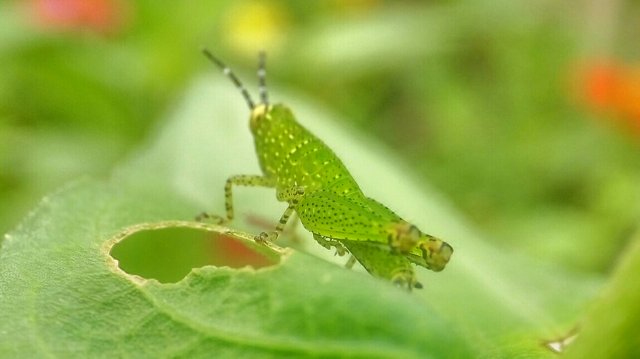In the life and development of grasshopper colonies known wanderer experienced three phases of growth of population is the solitary phase, transient phase and phase gregaria. In the solitary phase, locusts live on their own and do not cause any harm or damage to crops. In phase gregaria locusts wanderer live clustered in groups with a number of very large, nomadic and cause devastating damage.

Changes to the solitary phase gregaria phase usually starts at the beginning of the rainy season after a drought quite dry (below normal). At that time, usually an increase in solitary locust populations who came from various locations into an ecologically appropriate location to develop. The location is very sparsely populated, usually have open land or lots of grass, loose sandy soil, near water sources (rivers, lakes) so that the condition of the soil is sufficiently moist. After the last 3-4 generations when environmental conditions allow to be developed into gregaria phase, through the transient phase. This location is known as the location of the initial breeding.

Gregaria phase change back to a solitary phase (through a transient phase) usually when unfavorable environmental conditions, mainly due to the influence of rainfall above normal, the pressure and the natural enemies or human action in an attempt to control. Grasshopper gregaria phase active backpacking fly during the day in a large group. On the morning of locusts circling to move the location. In conditions of breezes locusts flew into the wind, but the strong wind to fly following the direction of the wind. At dusk, the group grasshopper perched on a location, usually for mating and laying eggs in empty fields, sandy, eat the plants were seized. Crop infestation at night usually eaten away. While a large group of nymphs usually migrate to walk in groups. Throughout the journey usually takes the plants in its path. Particularly preferred plants are a group of grasshoppers wanderer Graminae namely rice, maize, sorghum, sugar cane reed, reeds and various types of grass. Additionally locusts can eat the leaves of coconut, bamboo, peanuts, chinese cabbage, collards, cabbage leaves. Plants that are not favored, among others, green beans, soybeans, beans, cassava, tomatoes, sweet potatoes and cotton..




Wow, great post! You are a good writer!
not normal, you @statilatkryuko redundant.
I like green color.